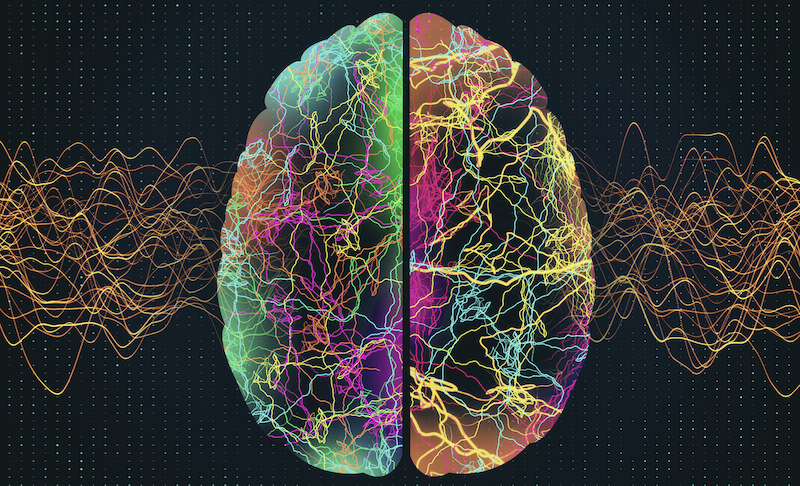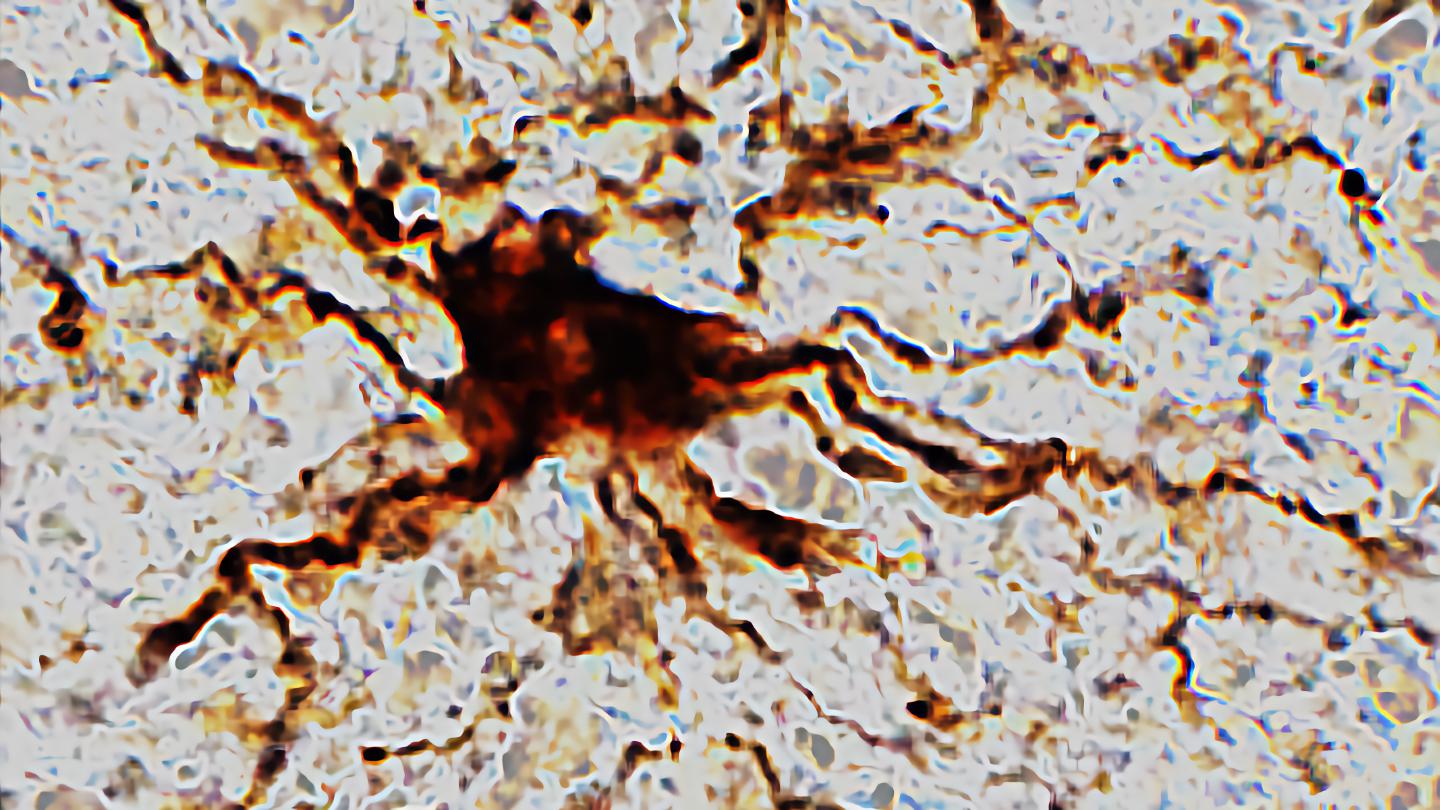Epilepsy and memory: Why some people have trouble distinguishing past from present

- The dentate gyrus (DG) plays a role in recalling and creating new memories.
- The DG is rewired in patients diagnosed with temporal lobe epilepsy (TLE).
- Patients diagnosed with TLE have difficulty forming memories of new experiences when they are similar to past experiences.
Most people don’t know they have epilepsy until their first seizure. This initial grand mal (literally, “big bad”) seizure is marked by violent muscle contractions and a loss of consciousness. As you can imagine, an unexpected collapse and a fit of convulsions is frightening and can have profound emotional, social, and physical consequences, especially if the person has never experienced one before.
A study published recently in the Journal of Neuroscience provides a remarkable finding that may help physicians diagnose epilepsy before the first seizure: People with temporal lobe epilepsy (TLE) have difficulty distinguishing the present from the past.
The dentate gyrus, gatekeeper of memories
I have a stone on my desk that I picked up the first time I visited a beach with my fiancé. When I look at the stone, my brain conjures the memory of that visit. If I focus on that memory, my brain will recreate the sounds and smells of the ocean. Even the emotions of that day return to me. How is my brain recalling distinct, coherent memories just from seeing that rock? Why wouldn’t all this information suddenly explode into my consciousness in one blinding instant instead?
In patients with temporal lobe epilepsy (TLE), this is exactly what happens during a seizure. Instead of triggering memories in a controlled and deliberate manner, incoming information (like visual information about the stone on my desk) bursts into the memory center, activating thousands of memory pathways in a matter of moments. Like a fire in a fireworks factory, the result isn’t thousands of beautiful, distinct bursts. It is one massive explosion.
This is because the gatekeeper of memories — the dentate gyrus (DG) — is rewired when people develop TLE. This region of the brain is responsible for regulating what information is passed to the memory center. The rewiring can drastically change how effective the dentate gyrus is at silencing some information, while allowing other information to be passed to the rest of the brain.
The DG doesn’t just protect us from seizures, but also helps determine whether information should be stored as a new memory. Given that patients with TLE commonly exhibit memory problems, a team of University of Wisconsin-Madison researchers suspected that the DG rewiring was doing more than just causing seizures.
Distinguishing the present from the past
The present is never identical to the past; there is always some difference. It seems that one of the DG’s responsibilities is to find those differences so they can be properly stored as a memory.
As information about present events — for instance, visual information about what I am currently seeing — enters the DG, the DG compares it with the information currently stored in memories. If the incoming information contains new details, they are passed along to be stored as a new memory. If no new details are found, the DG simply concludes the information must already be stored in a memory of the past. Thus, no new memory is necessary.
We take in so much information that it is rare for your brain to find absolutely no new details. But for most of us, this will happen at least once in our lifetime. It’s an eerie sensation, almost like being in a dream while still awake. For a moment, it feels like every detail of your current situation has happened before. This is the sensation of déjà vu. Scientists suspect that, during déjà vu, the DG “hiccups” and doesn’t find any new details for the entire present moment.
Déjà vu is an extreme example of not being able to identify new details. Normally, you are unaware of this process. For example, if you have had the same morning routine for the last five years, a lot of the information entering your DG is the same as information already stored in memories: the same blankets, the same bowl, the same towel, etc. Information about the blanket, bowl, and towel enters the DG, but the DG ignores most of this because it is already stored in a memory, and you are none the wiser (literally).
The reason a routine doesn’t feel like déjà vu is because there are countless differences each morning. Maybe the blanket has never flopped over in that particular manner. Maybe the bowl is a fraction of a degree colder than ever before. Maybe the towel has a combination of starchiness and damp that is new. Your consciousness may not be aware of these new details, but your DG is. And if it identifies a new detail, it becomes a new memory.
Research has shown that patients who have severe damage to the DG have difficulty identifying new details, and therefore are less likely to form new memories, especially if the new details are subtle. Patients with TLE don’t have a severely damaged DG and it has been unclear whether their memory problems were caused by the rewiring. To find out, the research team tested the ability of people with TLE to identify new information when it is similar to old information.
Study participants underwent two phases. First, the researcher showed the participants a series of images of everyday objects. Second, the researcher showed them another series of images. Some of the images were identical to an image shown in Phase 1; some were completely different images; and some were different, but very similar to an image shown in Phase 1.
For example, Phase 1 had an image of a piano without a stool, while Phase 2 had an image of a piano with a stool. As the participants were shown these images, they were asked to determine whether each image was identical to a Phase 1 image, completely different than any of the Phase 1 images, or different but similar to a Phase 1 image.
The researchers expected that an individual with TLE would be more likely to mistakenly label a different but similar image as identical. In other words, the DG of an individual with TLE wouldn’t be able to identify new details in the different but similar image and would assume the image to be the same as the one experienced during Phase 1.
Their hypothesis was correct. Participants diagnosed with TLE were roughly 50% more likely to label a different but similar image as repeated. To put it another way, they were 50% less likely to identify any new details when the information was similar to previously stored information. Because the brain only stores new details, these participants weren’t storing new memories.
This finding not only could improve the diagnosis of epilepsy before the first seizure, but it also furthers our understanding of the mechanisms behind memory. Linking the function of the dentate gyrus to the ability to identify new information could lead to better care for patients with memory impairments from Alzheimer’s and traumatic brain injury.





